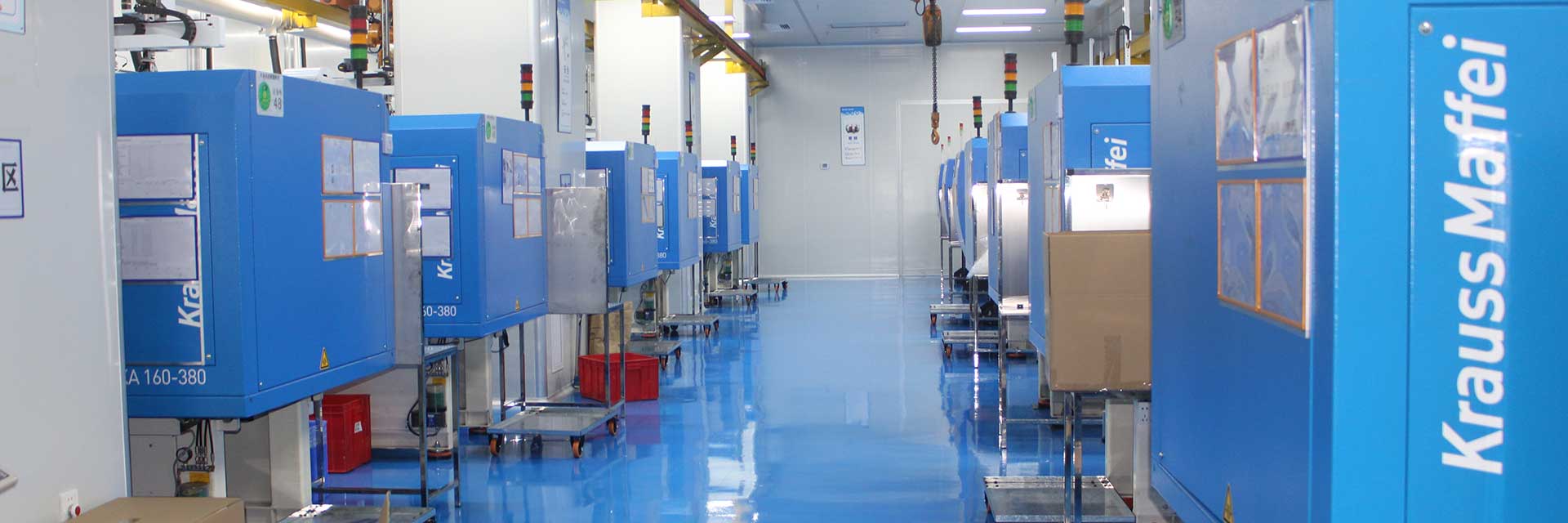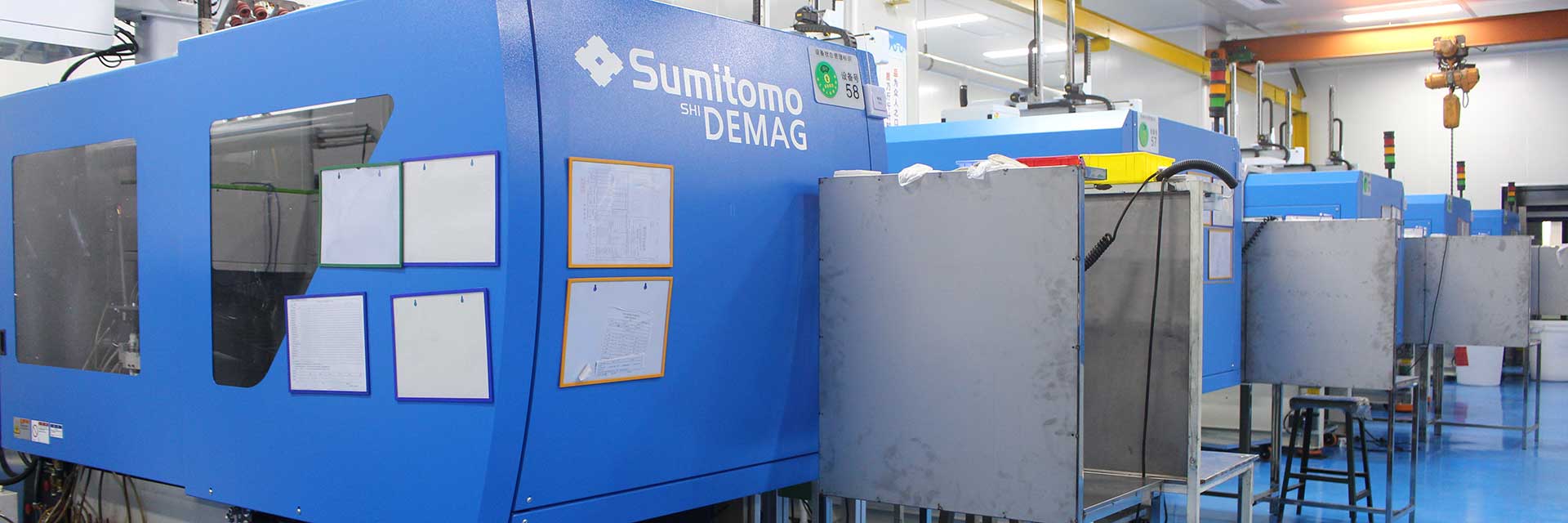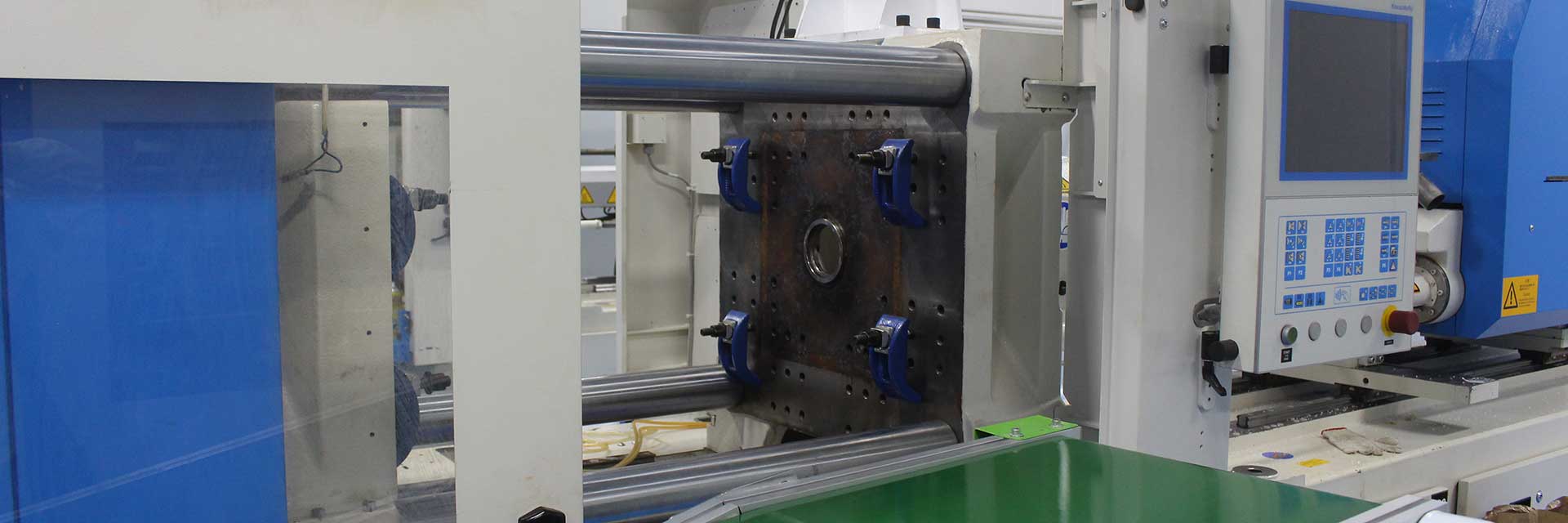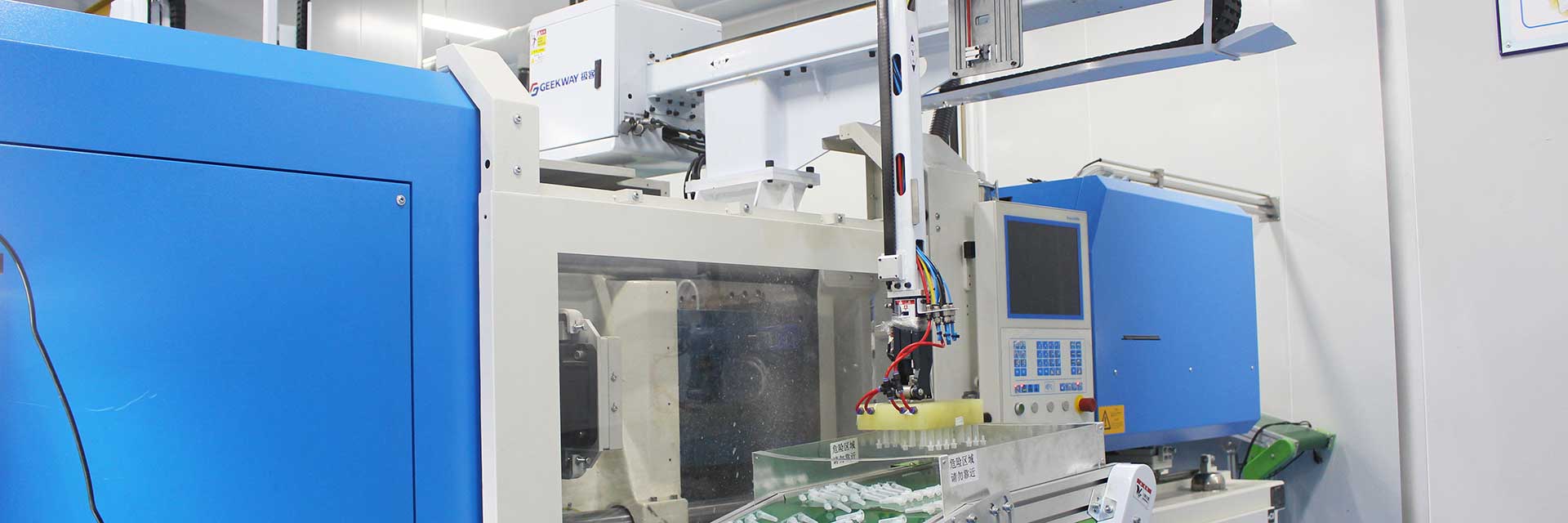Gas assisted injection molding, also known as gas injection molding, is a new injection molding process. It is one of the most important developments in the injection molding industry since the introduction of reciprocating screw injection machines.

Gas assisted injection molding is an extension of injection molding, which is developed on the basis of injection molding technology and structural foam injection molding; It can also be considered as a combination of injection molding and hollow molding, in this sense, it can also be called “hollow injection molding”. The principle is to use relatively low pressure gas to replace the resin in the mold cavity during the pressure holding stage of the original injection molding.
Gas assisted injection molding can be achieved by adding a gas supply device to the existing injection molding machine. The gas supply device consists of an air pump, a high-pressure gas generation device, a gas control device, and a gas nozzle. The gas control device uses a special compressor for continuous gas supply, and is controlled by an electric control valve to maintain a constant pressure. Pressure usually has three levels. A gas control device can be equipped with multiple injection molding machines.
The gas commonly used in gas assisted injection molding is nitrogen. The gas pressure and gas purity are determined by the shape of the molding material and the product. The pressure is generally between 5~32MPa, with a maximum of 40MPa. High pressure gas is injected from the gas nozzle at a set pressure timing during each injection. One or more gas nozzles, located on the injection molding machine nozzle, mold runner or cavity.




